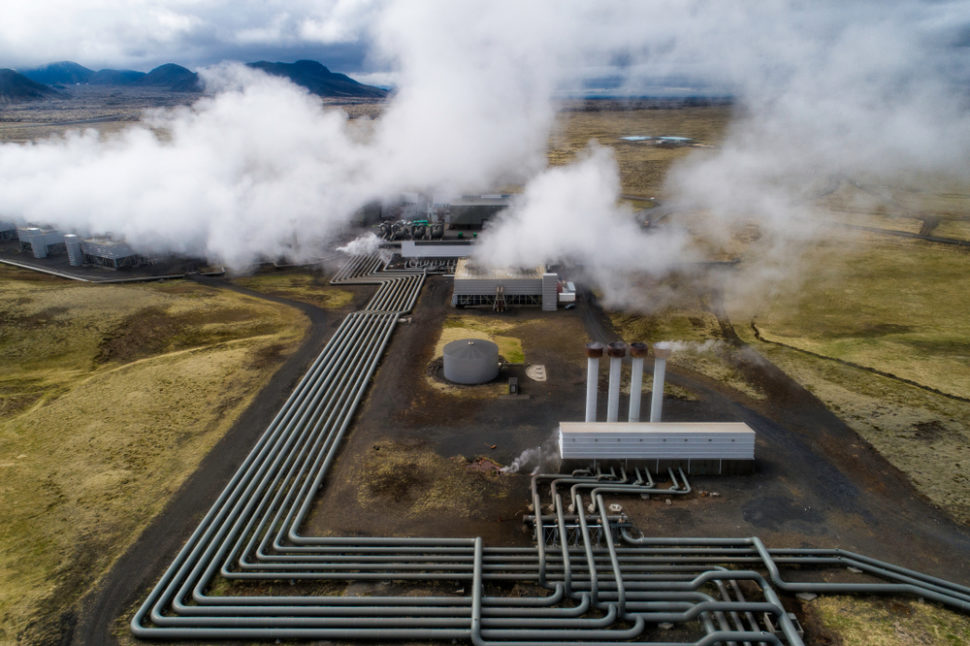In an effort to reduce their country’s carbon emissions, scientists in Iceland recently developed a new method to turn harmful gas into solid rock. The new technology is based on the natural process of mineralizing carbon dioxide, which usually takes thousands of years.
“With this method, we have actually changed the time scale dramatically,” Sandra Osk Snaebjornsdottir, a geologist from Iceland, said.
The team spent two years developing the technique in the Hellisheidi Geothermal Power Plant that served as their laboratory. The plant is among the biggest power plants in the world and sits on the Hengill volcano located in the southwestern portion of Iceland.
The location of the power plant appears to be a perfect spot for the process since it’s built on top of a layer of basalt rock and has nearly unlimited access to water coming from under the volcano.
Turning Carbon Emissions to Rock
The power plant uses six turbines to pump up the water from beneath the volcano and provide electricity and heat to Iceland’s capital city of Reykjavik.
The carbon emissions from the process are captured from the steam, liquified into condensate, and then dissolved into massive amounts of water. Edda Sif Aradottir, director of the project, said:
“So basically we are just making soda water out of the carbon dioxide.”
The carbonated water will be transferred through a pipe in an area where it will be injected under high pressure into the basalt rock 1000 meters below ground. During the initial injection process, Snaebjornsdottir claimed that carbon dioxide was mineralized within two years.
Sigurdur Gislason, a geochemist from the University of Iceland, added:
“If you have a volcanic eruption… and you heat up the rock to very high temperatures, then some of the minerals will break down and maybe dissolve in water.”
The team noted that this is the most stable and safest form of storing carbon emissions, although it uses a lot of water. Snaebjornsdottir said that we gain more from the process by permanently removing carbon from the atmosphere.


















Comments (0)
Least Recent